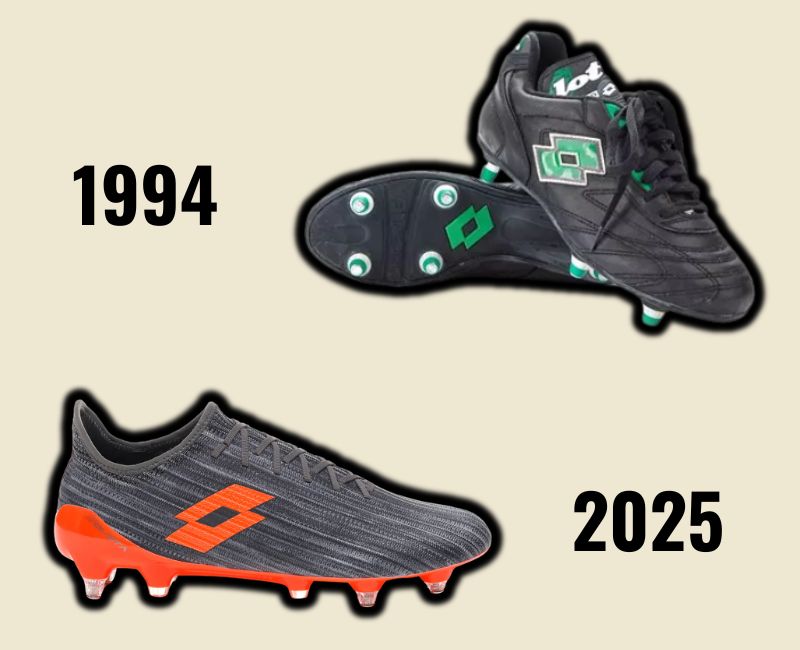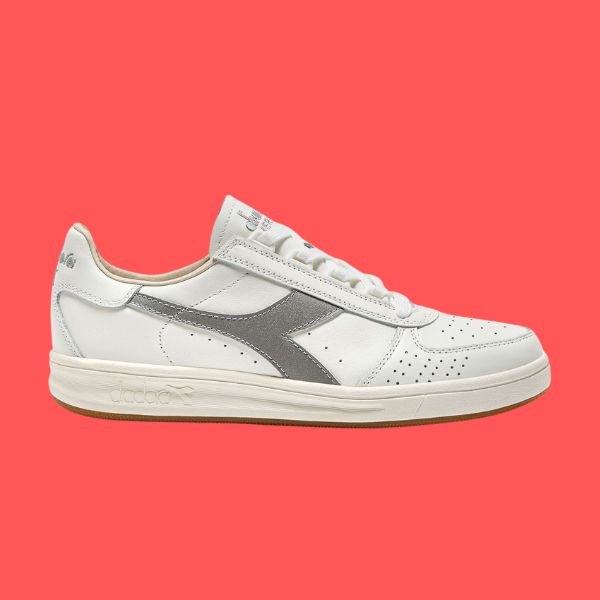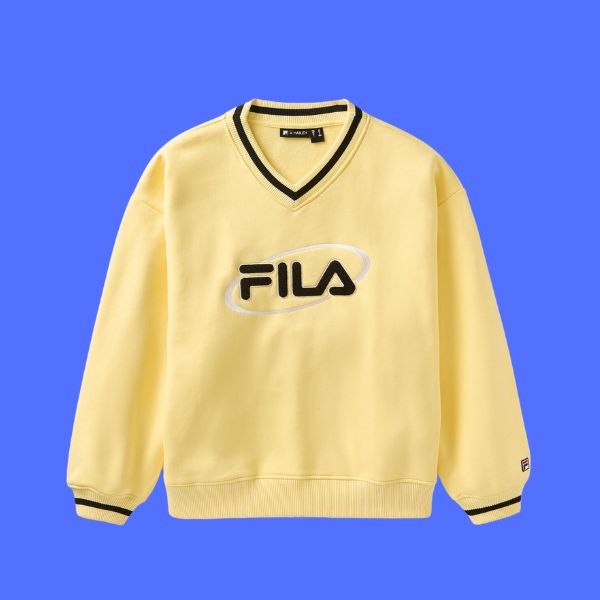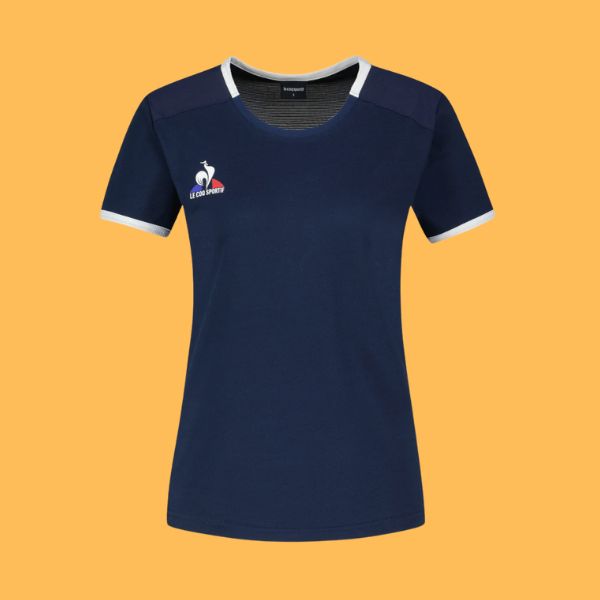The world of fashion is a relentless cycle of trends, with new styles and brands constantly vying for our attention. In this whirlwind, some iconic European sportswear brands that once dominated the scene might have faded slightly from the mainstream consciousness. Let’s take a nostalgic look at some European fashion giants you might have forgotten are still around:
Lotto
- Then: Founded in Italy in 1973, Lotto quickly became a major player in sportswear, particularly known for its tennis and football gear. Iconic players like Ruud Gullit sported the double diamond logo. In the 80s and 90s, they sponsored major football clubs like AC Milan and Juventus.

- Now: While perhaps not as ubiquitous as in their heyday, Lotto Sport Italia is still active, distributing its products in over 110 countries. They continue to focus on football and tennis, sponsoring various clubs and athletes. They also have a lifestyle line called “Lotto Leggenda” that reinterprets classic designs for contemporary wear, showing a blend of their sporting heritage with modern style. And the company still produces some of their models in Italy!
Diadora:
- Then: Another Italian sportswear brand, Diadora, was founded in 1948. They gained prominence in the 70s and 80s, sponsoring tennis legends like Björn Borg and football stars like Marco van Basten and Roberto Baggio. Their footwear and apparel were highly sought after for both performance and style.

- Now: Diadora is still operating and has been making efforts to reclaim its position in the athletic world. They emphasize their Italian heritage and innovation. While they might not have the same level of mainstream buzz as before, they are focusing on quality and design, even producing “Made in Italy” running shoes, highlighting their craftsmanship. They are also seen in collaborations and are working to build their presence in running and other sports.

Fila
- Then: Originally established in Italy in 1911, Fila transitioned into sportswear in the 1970s, gaining significant popularity through endorsements with athletes like Björn Borg. The brand became synonymous with stylish sportswear in the 80s and 90s, embraced by both athletes and the streetwear culture.
- Now: Fila has experienced a resurgence in recent years, capitalizing on the retro trend. While the brand is now South Korean-owned, it maintains its heritage aesthetic. Collaborations with designers and celebrities have helped them appeal to a new generation. They still produce footwear and apparel, blending their classic designs with modern trends and have seen strong performance in markets like China.

Le Coq Sportif
- Then: This French brand, founded in 1882, has a long and rich history in sports apparel. The iconic rooster logo was a familiar sight in cycling, football, and tennis. They famously kitted out the Argentinian national football team when they won the 1986 World Cup, featuring Diego Maradona.

- Now: Le Coq Sportif is still active, emphasizing its heritage and French identity. They continue to produce sportswear, footwear, and accessories. They also engage in sponsorships, particularly in French sports like rugby and football, and are the official partner for the Paris 2024 Olympics. The brand has been working on re-establishing itself by highlighting its historical connection to sports and its classic, timeless designs.
Umbro
- Then: Founded in England in 1924, Umbro became deeply ingrained in football culture. For decades, they were the kit supplier for numerous English and international clubs, including the England national team for a significant period. Their double diamond logo was a hallmark of football apparel.
- Now: Umbro continues to operate as a sportswear brand, primarily focused on football. While their mainstream visibility might have decreased compared to their peak, they still supply kits to various football clubs worldwide. Interestingly, Umbro has also been involved in collaborations with fashion brands, showcasing a modern twist on their classic sportswear designs and demonstrating a move to re-engage with a fashion-conscious audience.